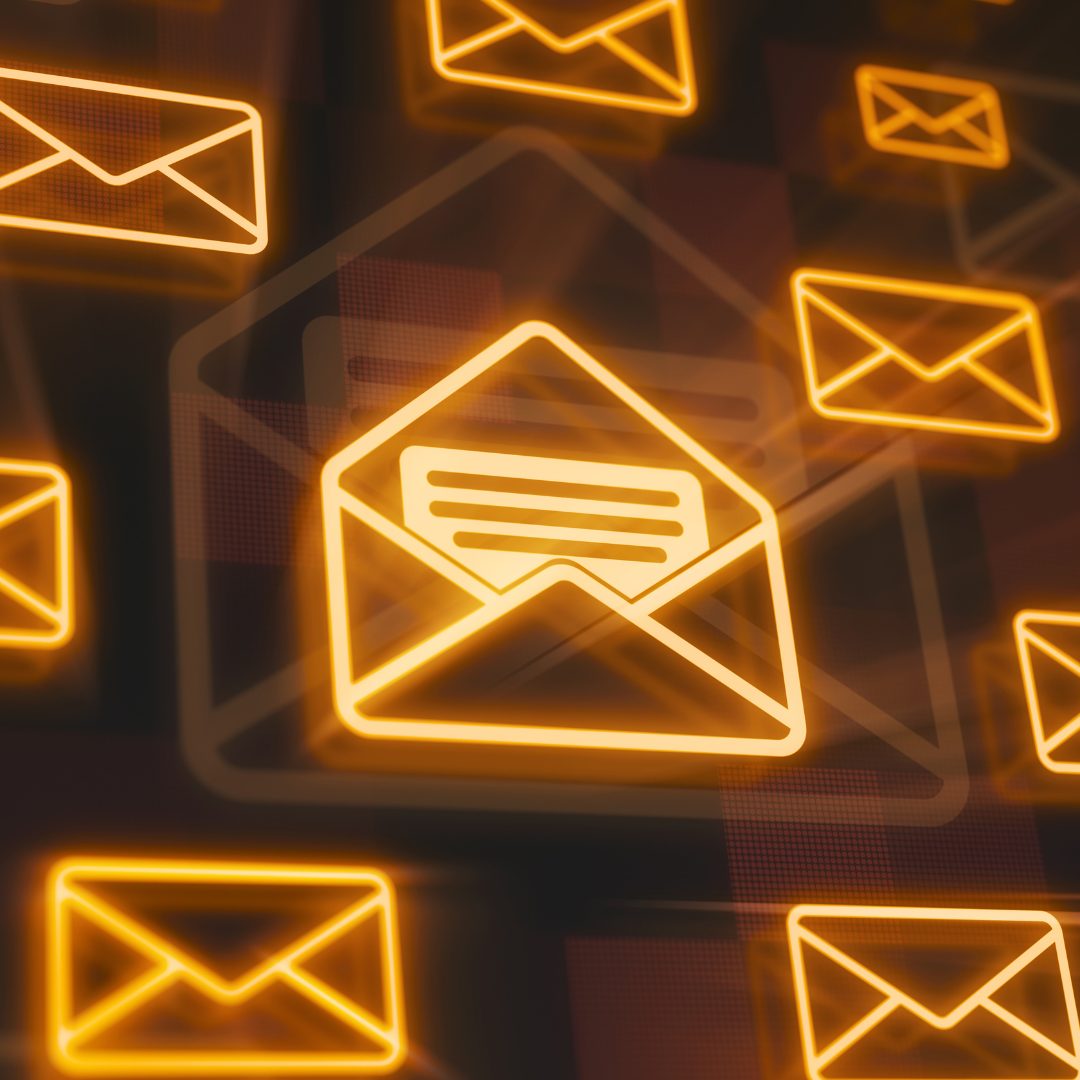Remember when email was supposed to make our lives easier? Yet here we are, trapped in a never-ending web of back-and-forth messages that seem to multiply faster than rabbits. If you’ve ever felt like your inbox is a constant game of ping-pong, you’re not alone. Each night, I head to bed feeling defeated by my inbox. Yet, every morning, I start with hope, in vain.
The Real Cost of Email Ping-Pong
Recent workplace studies show that the average worker spends 28% of their workweek managing emails. Even more concerning, 86% of employees and executives cite poor communication as a primary cause of workplace failures. We’ve somehow turned a tool meant for efficiency into a chat platform.
But why do we do this?
The problem isn’t the technology – it’s how we use it. Emails aren’t text messages, yet we often treat them that way, firing off quick responses without considering whether a simple phone call might resolve the matter in minutes instead of hours or days of digital volleys. I have been observing this for over a year now, and more individuals are falling prey to email ‘ping-pong’ each day. In a recent interaction with a sales associate over a period of three months, she never once answered her phone. To my surprise, and without fail, whenever I called her, she responded with an email. EVERY TIME! And our ping pong began with no sign of a call back. Thank heavens, that event is now behind me.
Signs You’re Stuck in an Email Rally
- You’ve exchanged more than three emails on the same topic.
- Each of these emails is no more than a chat – you have stopped writing Dear ….. or signing off with your name.
- Your inbox feels like a chat room which makes it harder to find critical information when you need to.
- Simple questions turn into day-long email threads indicate that this is not an effective tool.
- You’re spending more time explaining (or brainstorming) than taking concrete actions or stagnation in your process.
Breaking the Cycle: A Better Approach
After three years of battling email fatigue (and yes, it’s a real thing – studies show it can lead to burnout and decreased productivity), I’ve developed a system that works for me. Here’s how I have reclaimed some of my sanity:
For Email Recipients:
- I have set some boundaries, responding before and after hours with as little in the day as possible. This has allowed me to make my calls and accomplish tasks during my productive hours.
- My administrative associate responds to a few of my emails. She does a fantastic job!
- 30-day email deletion policy for low-priority messages. My apologies to anyone who has not received a response yet.
- Ignoring emails that don’t deserve attention. This is based on who has emailed me, whether it is a mass email, and whether there is potential to work together.
- Prioritizing essential communication: I focus on emails that are urgent or important, ensuring that I allocate my time effectively to those that require my immediate attention. If your email is crucial, please highlight that in the subject or first line for quicker identification.
For Email Senders:
- Consolidate your thoughts into one comprehensive email. If there is anything you can do to ensure your emails are addressed, it is this one thing: send one email at the end of the day instead of multiple emails throughout the day.
- If you must send a follow-up immediately, acknowledge it with a brief apology.
- Forget the recall button – it rarely works and only adds to the chaos and confusion.
- After three emails, pick up the phone and talk; it would be the best five minutes of your time. As always, make sure you know why you are calling and have all your questions answered.
- And please – don’t send an email after this call asking about things you forgot to ask.
The Human Touch in a Digital World
Here’s what’s fascinating: while we’re more connected than ever, workplace communication statistics show that 60.8% of employees admit to ignoring emails at work. Why? Because we’re overwhelmed. The solution isn’t more emails—it’s better communication.
Remember when we used just to pick up the phone? There was something wonderfully efficient about the actual conversation. You could hear the tone, clarify misunderstandings immediately, and resolve issues in minutes instead of days.
Making the Change
Start with these simple rules:
- If your email draft is longer than three paragraphs, it’s probably a phone call.
- If you’re explaining something complex, it’s definitely a phone call.
- If emotion is involved, it’s a phone call.
And yes, keep the “Dear” in your emails. In a world where communication often feels cold and impersonal, these small touches of formality and respect still matter.
The Future of Workplace Communication
The goal isn’t to eliminate email – it’s to use it wisely. Studies show that effective communication can boost team productivity by up to 25%. Imagine what you could accomplish with all the time you spend on email ping-pong.
Think of email as a tool in your communication toolkit, not the entire toolkit. Sometimes, a quick call, a brief meeting, or even a walk to someone’s desk (yes, people still do that) can accomplish more than a dozen emails ever could. Send a text to schedule that call if you are like me, who prefers to ensure that you are being respectful of everyone’s time.
The Bottom Line
Email ping-pong isn’t just annoying – it’s costly. It drains our time, energy, and productivity. But by being more intentional about how and when we use email, we can break free from this self-imposed game of digital table tennis.
Remember: Just because you can respond to an email immediately doesn’t mean you should. Sometimes, the best response is no response – or better yet, a good old-fashioned phone call.
After all, in a world inundated with technology, sometimes the most innovative solution is the simplest one: actual human conversation.



